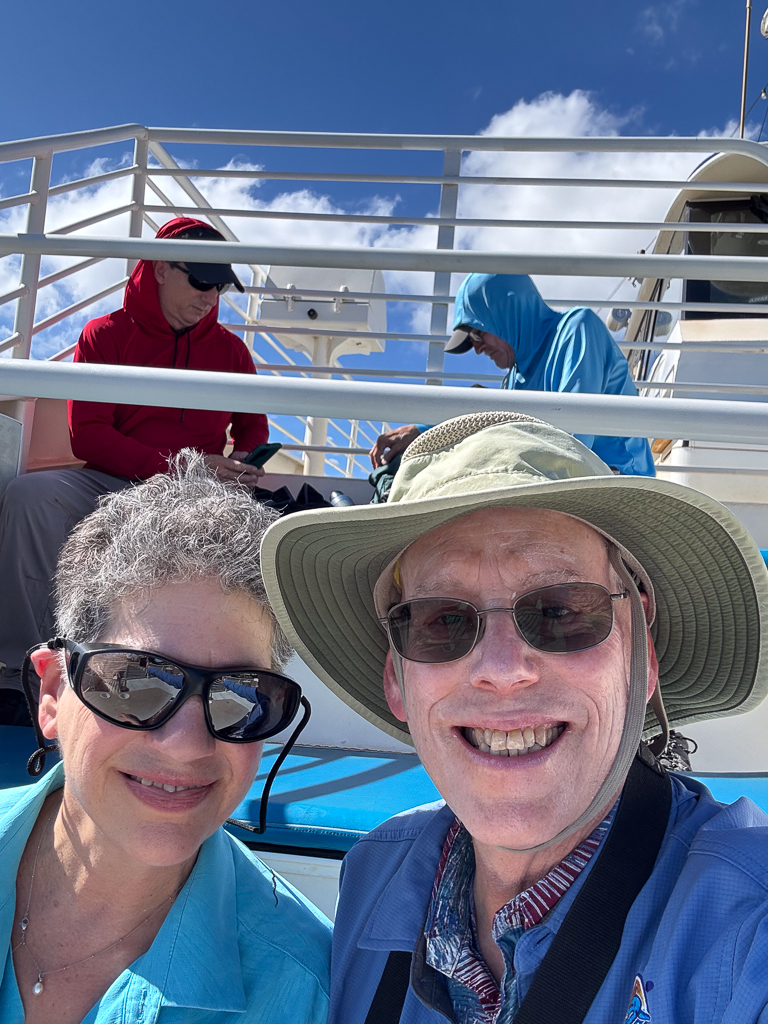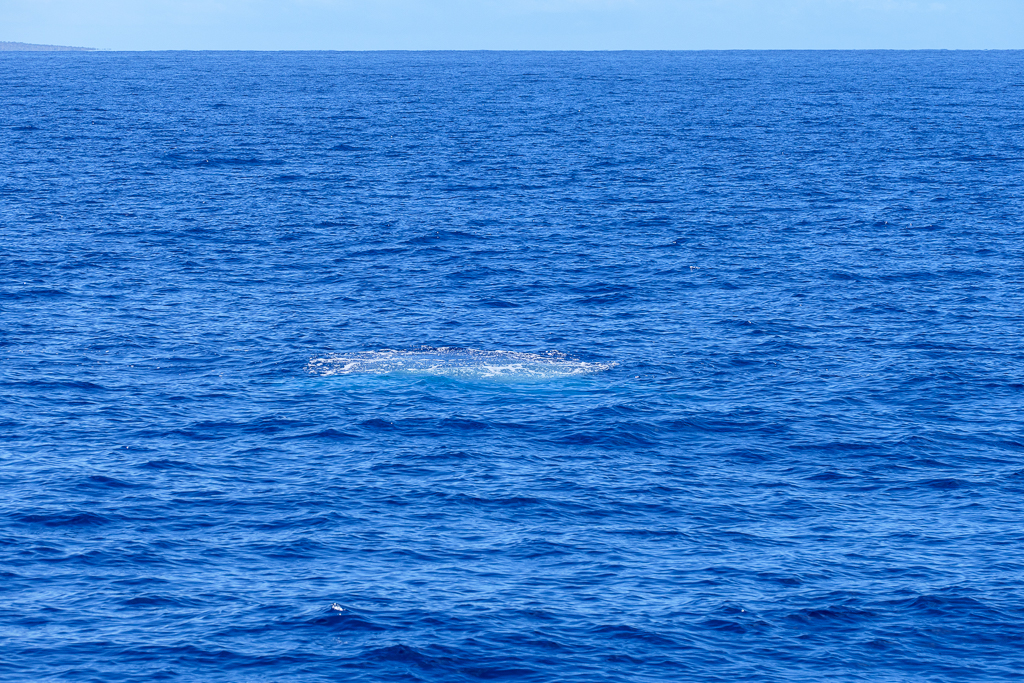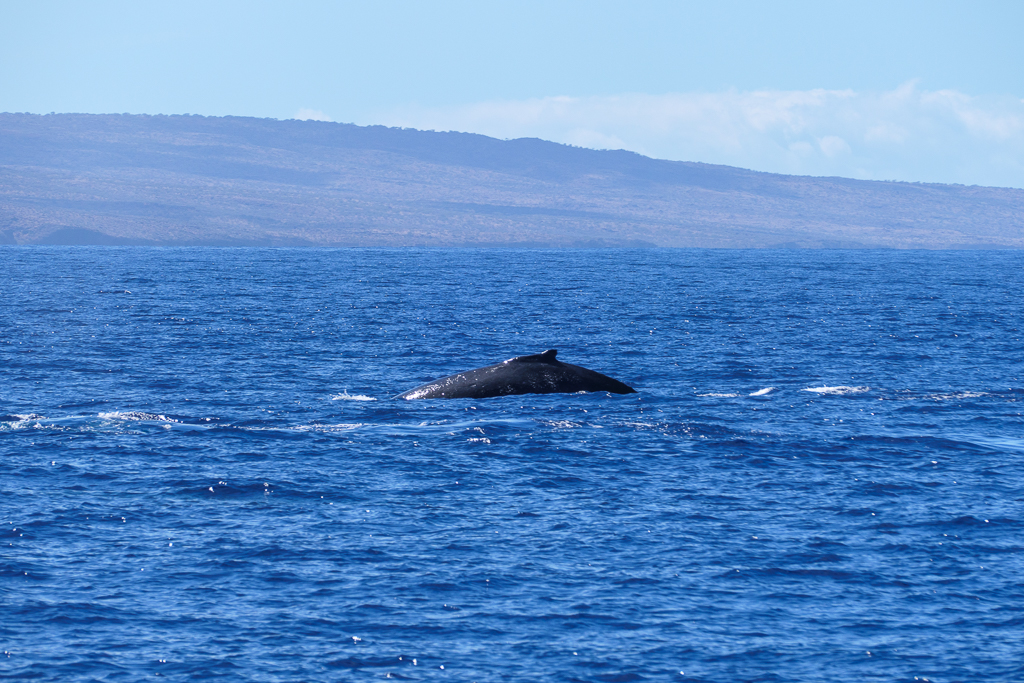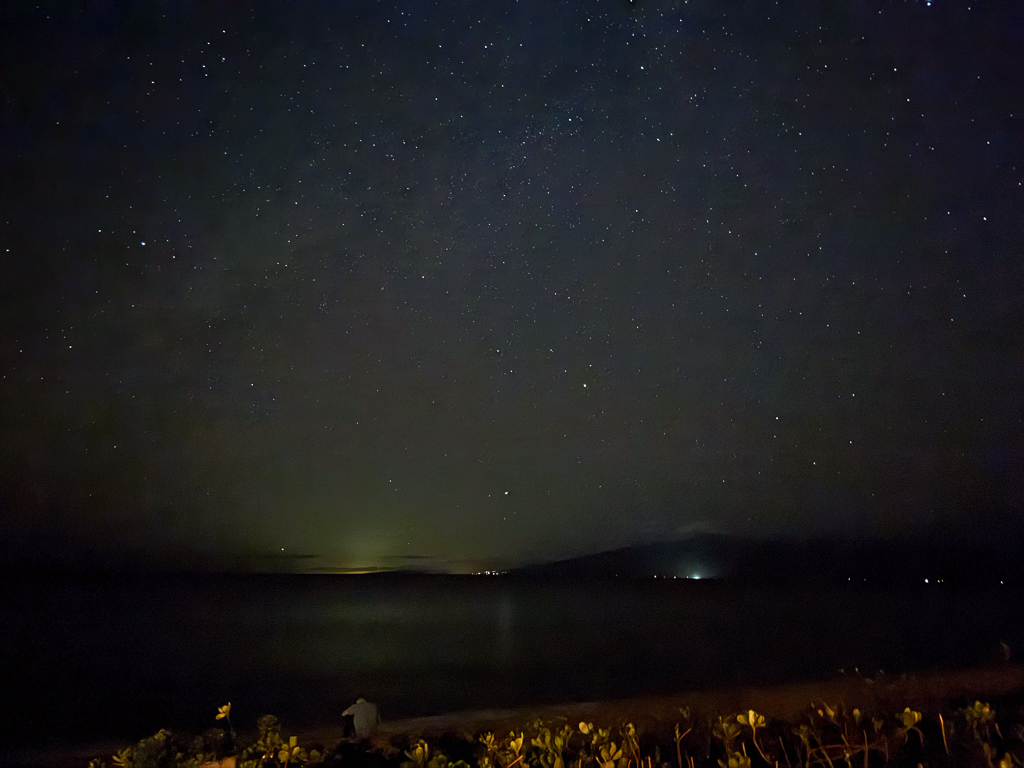We started the day with a visit to Primitive Hawaiian Gyotaku at the Maui Craft Fair. They take vintage aloha shirts and use the ancient art of gyotaku to put the image of a fish (or other sea creature) on them – I’ve bought one nearly every time I’ve come to Maui, including today.

We drove to one of our favorite spots on the island, Kula Botanical Garden, for a stroll through the garden.
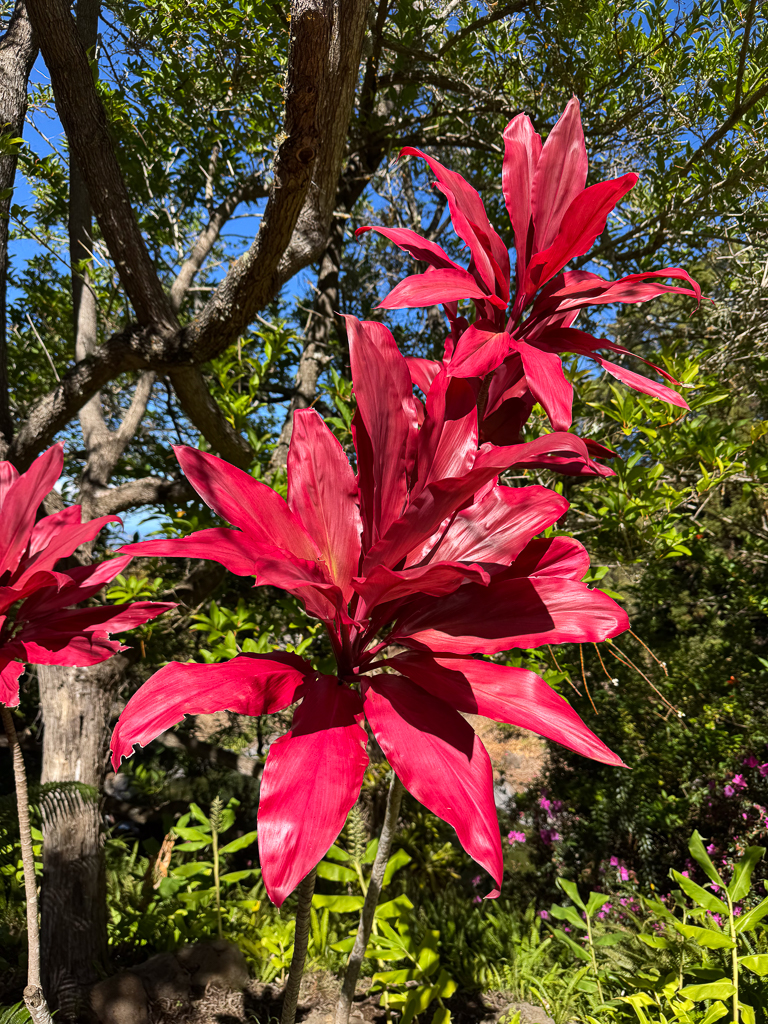
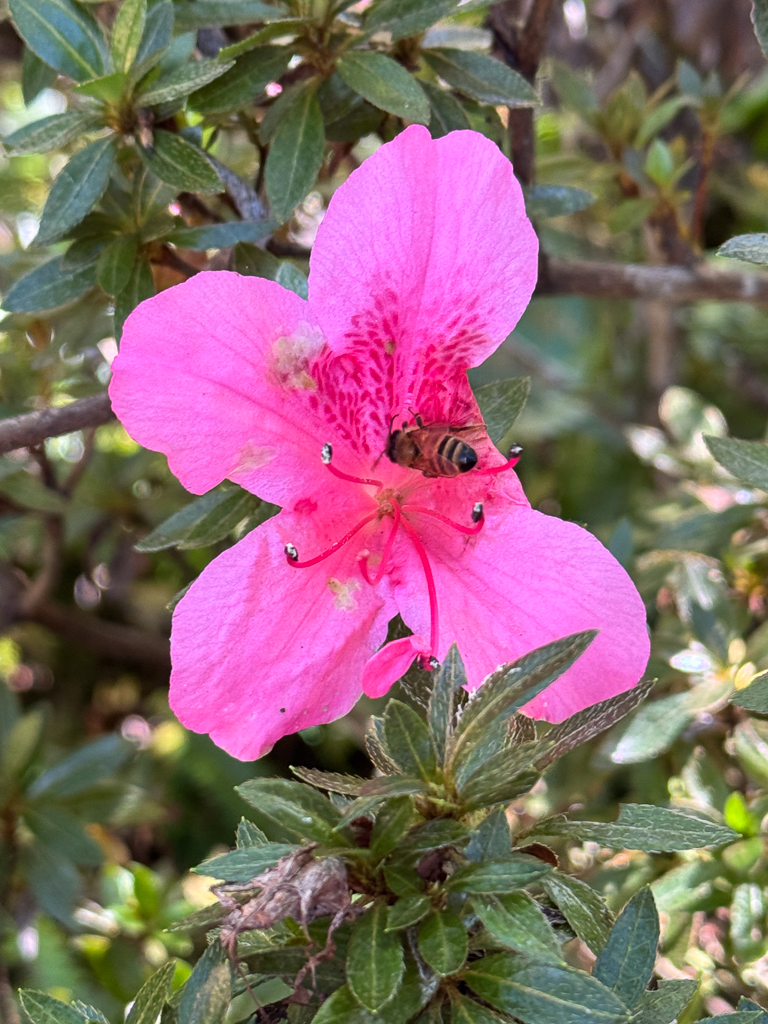

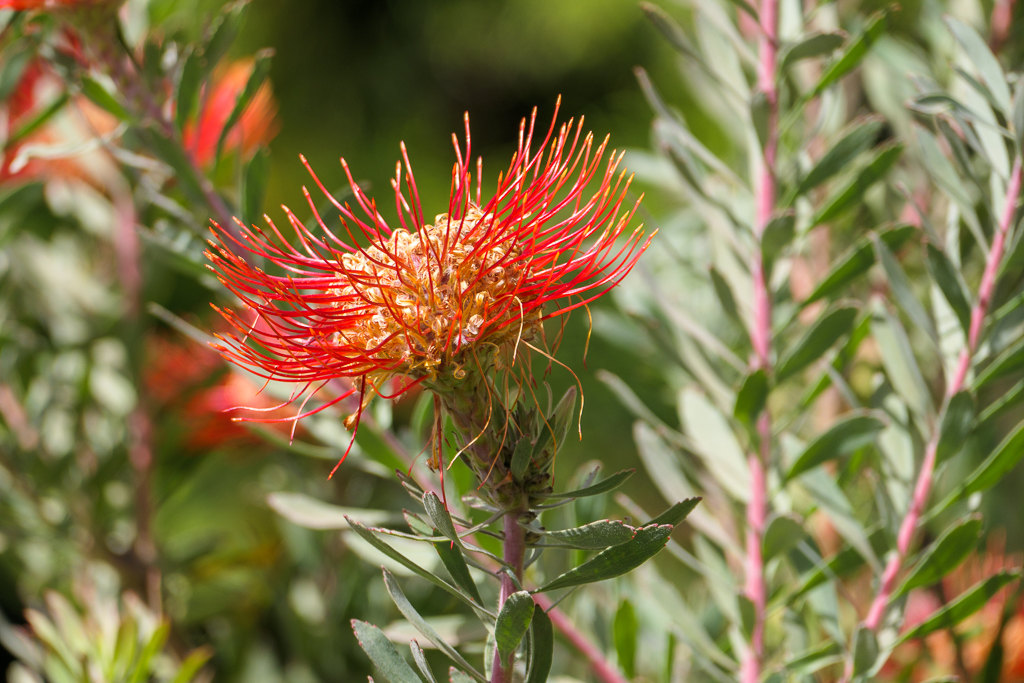
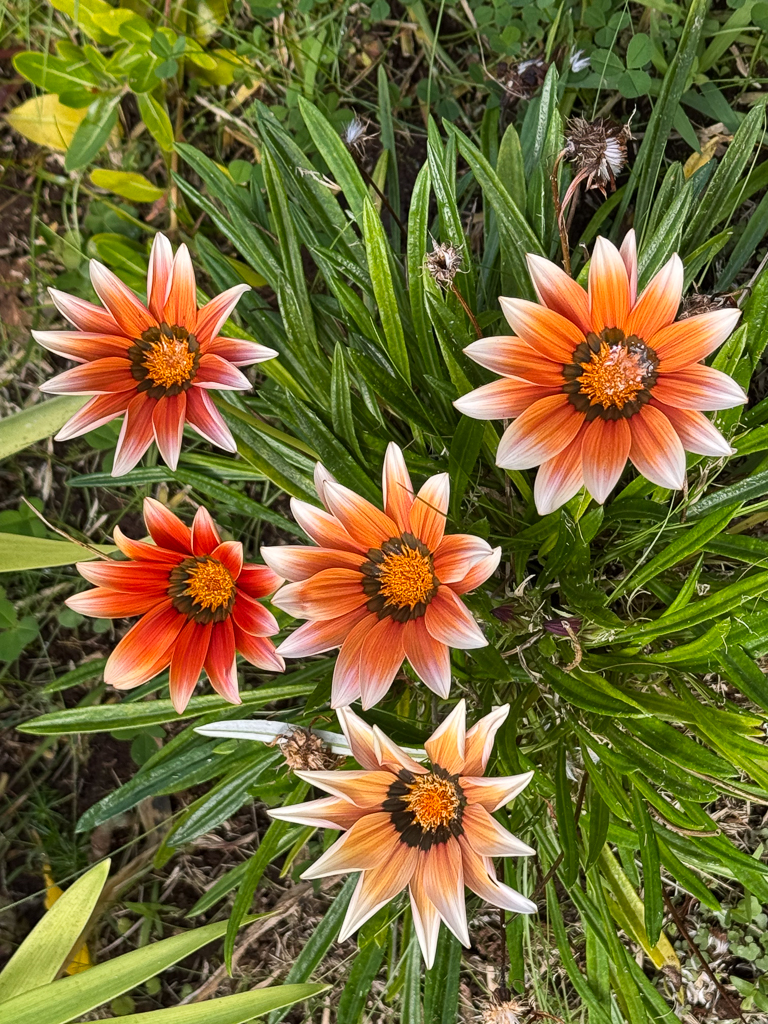

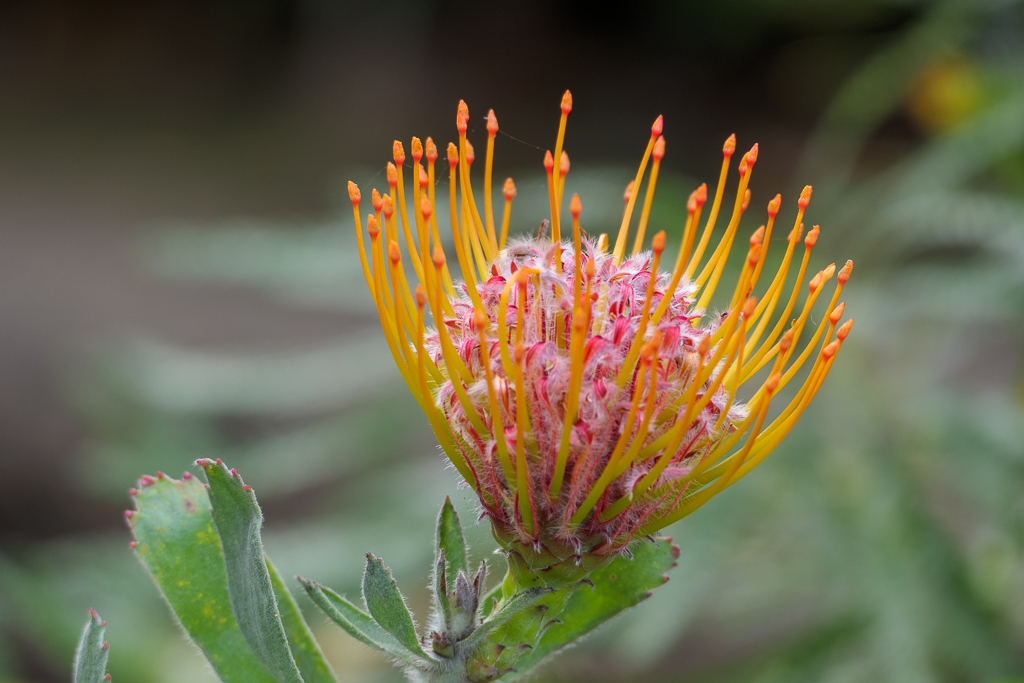
Our next stop was Kula Bistro for lunch – both of us had the special of the day, Atlantic salmon marinated in a lilikoi sauce served over a salad of local greens, vegetables, and fruit. I felt funny ordering non-local fish, but the meal was absolutely delicious!
We had to hurry a bit at both the garden and the restaurant so that we could get to Ho’omana Spa in time for the massages we’d booked (yes, we had to rush like crazy to go relax). They do traditional lomi lomi massage, beginning with a Hawaiian healing chant; it was a wonderful massage and was worth the effort of getting there. I plan to go back the next time we’re on Maui…and with any luck, not be hurried on the way.
After relaxing a while after the massage, we drove back to Nanea to enjoy sunset on the beach and dinner at the pool bar.


We finished the day with a stroll on the boardwalk, enjoying the dark sky and the sounds of West Maui.
